Can Dogs Eat Steak Bones? Is It Safe?
29.01.2022.
Dogs and bones go well together; at least, that’s what the general public thinks. It is true dogs love bones, and if you ever gave your dog a bone, you know how happy and excited they become. Since dogs are a part of our family, we want them to enjoy themselves, and sometimes, that involves giving them something nice and juicy to eat. Many dog owners wonder, “Can dogs eat steak bones?” Here’s what you should know about giving your dog steak bones.
Are steak bones safe for dogs?
The first question most dog owners will have is, “Are steak bones safe for my dog?” No one wants to risk their dog’s health and give them something that might harm them. Steak bones can be safe for dogs under certain conditions. The first thing a dog owner will need to decide is whether to give their dog a cooked steak bone or a raw one. In this case, a raw bone might be the safer option. A cooked bone will splinter easily, making it unsafe for dogs to eat.
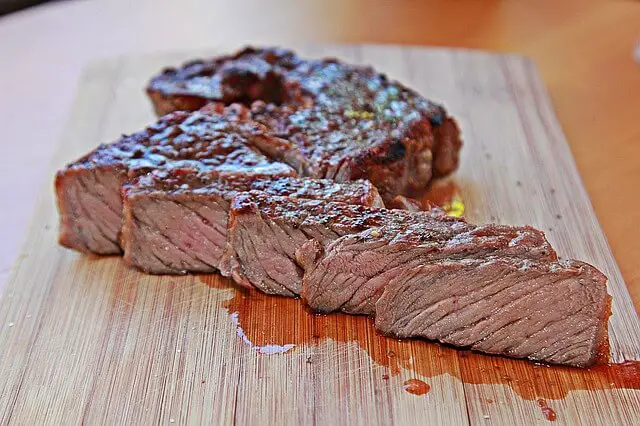
Are steak bones good for dogs?
The second thing dog owners will want to know is whether steak bones are beneficial for dogs. Our general policy about giving our dog different foods is based on one question - will our dog benefit from it? It makes no sense to include things into the dog’s diet if it will not provide the dog with certain benefits. The good news is that there are some things your dog will benefit from. Bones contain bone marrow and fats, which can be good if given in moderate amounts.
Can steak bones be bad for dogs?
Unfortunately, steak bones pose particular risks for dogs, especially dogs with strong jaws. Dogs with strong jaws can break cooked or raw bones into small pieces; they will try to eat the sharp pieces of bone. Those pieces can puncture the intestines and cause severe health problems. In some cases, only surgery can help mend the wound a sharp bone piece causes.
The second potential issue is that raw bones can be contaminated with bacteria like salmonella or e.coli. If you are adamant about giving your dog a steak bone, you need to make sure you know where you’ll get a healthy steak bone. Getting it from a sketchy source is not the best or safest idea. If your dog doesn’t eat the whole bone immediately, you should throw it away.
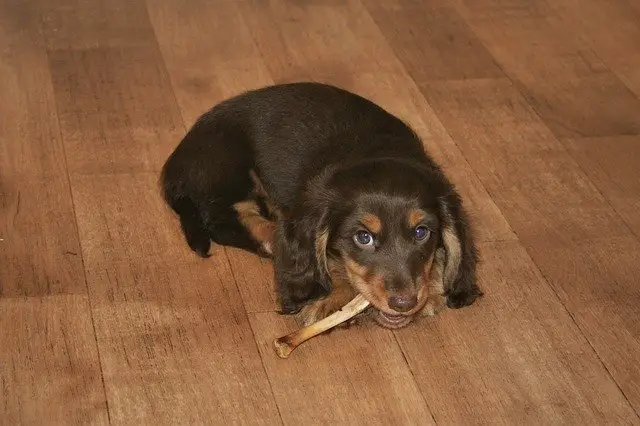
The third issue happens when dog owners give their dogs steak leftovers. Steaks are often prepared with seasoning, which is not safe for dogs. For example, dogs have delicate sodium levels, and salty foods can tip that balance and cause issues. Plus, cooked bones are brittle, and a dog’s powerful jaws can easily break them into tiny pieces.
Can I safely give my dog a steak bone?
There are safe ways to give your dog a steak bone. However, it will require you to follow a few guidelines. The first two we already mentioned. The bone should be raw and uncontaminated. After these two conditions are met, here are the rest of the tips you should consider;
1. Supervise your dog
You should always keep an eye on your dog while they’re chewing the bone. Make sure you take the bone away from them if it starts breaking into small pieces. Plus, your dog can start choking, and if you supervise them, you can react fast and help them.
2. Dental health
Before you give anything hard to your dog to chew, you should know whether your dog has healthy teeth. Talk to your vet before you decide to give your dog a steak bone. If your vet notices dental problems or gum disease signs, you should probably avoid giving your dog tough bones to chew on.
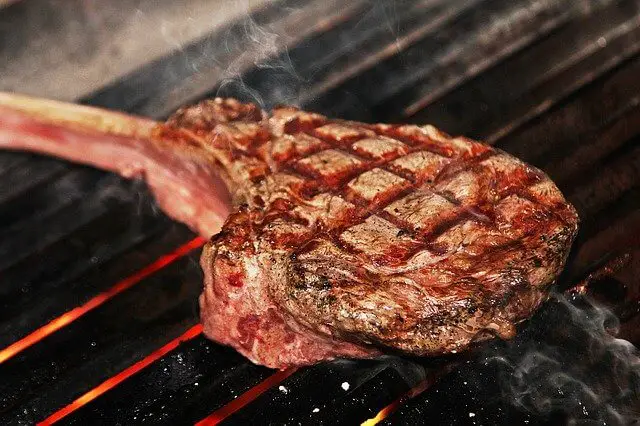
3. Bone size
One of the first things you should avoid is giving your dog small bones. A steak bone you will give your dog should be larger than their mouth. Your dog might try to swallow the whole small bone, which presents a choking hazard.
4. Move the bone
Once your dog chewed on the bone and had their fun with it, take the bone away and throw it in the trash. Bones that are out in the open for too long can get spoiled. You shouldn’t allow your dog to chew the bone for too long because they can get infected with bacteria.
5. Never before a meal
If you want to give your dog a bone, make sure you give them one after a meal. If you do that, the dog will feel full and might not try to eat the whole bone. If they start chewing the bone after not eating since morning, they might be overly excited and too aggressive with the bone.
6. Treat it like a treat
Raw bones are not something your dog should constantly be chewing on. It is not their toy or their primary food source, so you should treat the bone as a rare dog treat your dog gets on rare occasions. Your dog will be happy with their special treat every once in a while, and you won’t risk their health and wellbeing.
World Dog Finder team

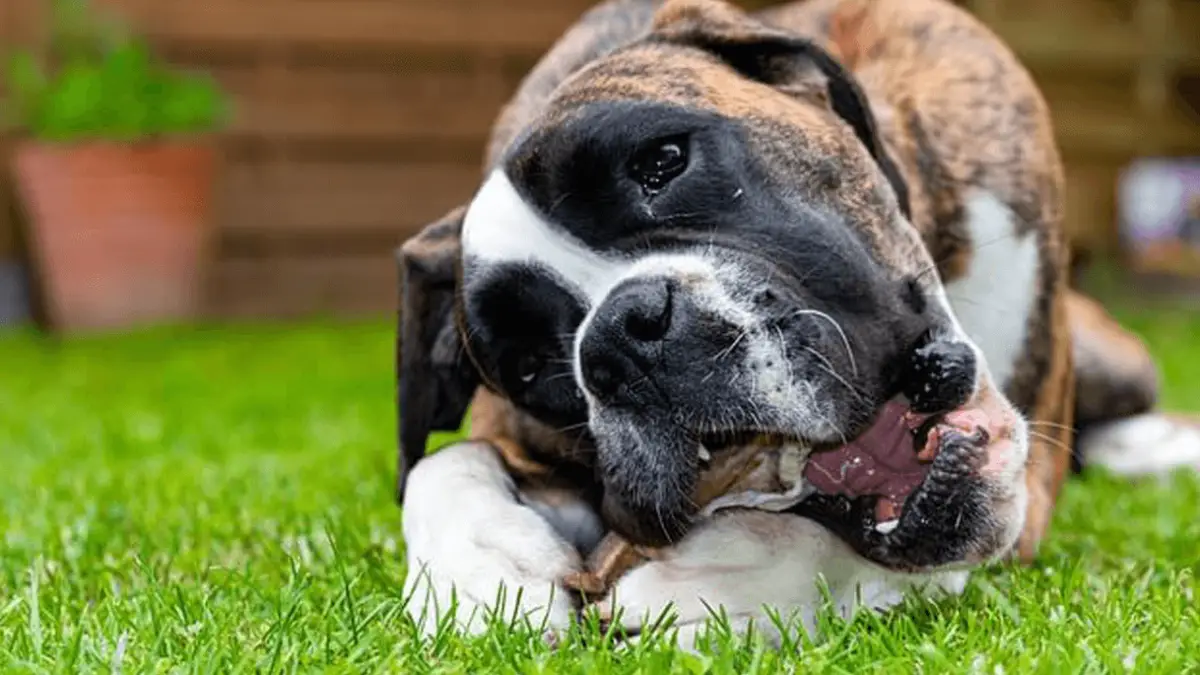
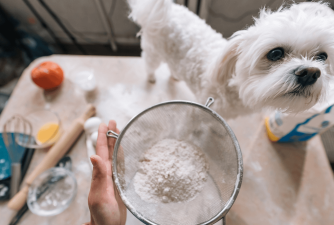
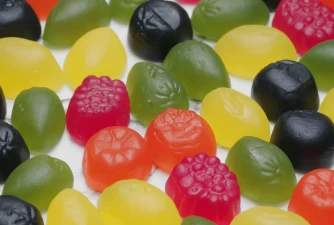
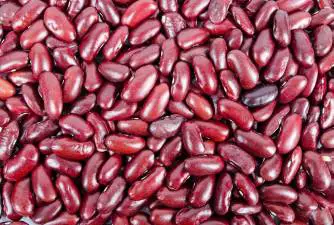
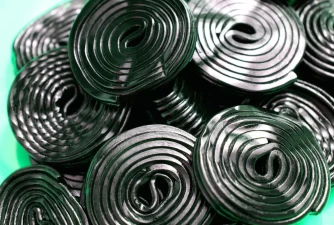

Share